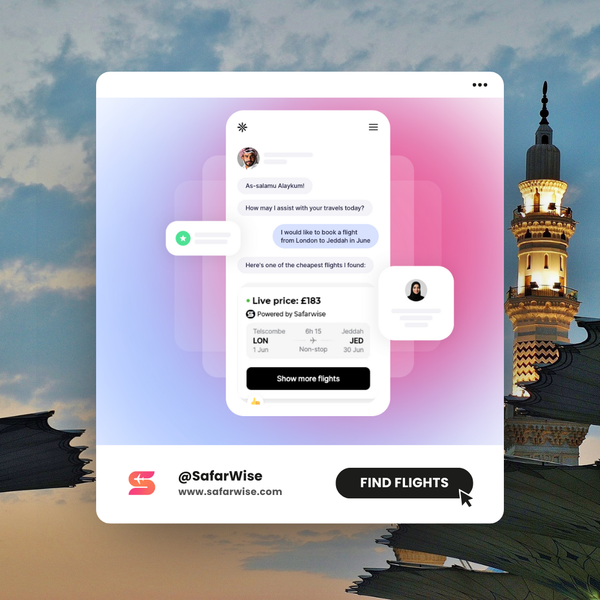Five Question to Ask before You Adopt AI

Introduction
Every week, I meet leaders who feel the pressure to “do something with AI.” They’ve seen competitors announce a chatbot. Their board asks, “What’s our AI strategy?” LinkedIn posts tell them, “Adopt or die.”
But here’s the truth: most AI projects fail not because the tech doesn’t work, but because the business questions were wrong from the start.
At Engycs, we run AI adoption workshops with teams across industries. And we’ve learned that five simple questions can make the difference between an AI success story and a wasted budget.
1. Does this solve a real, current business problem?
AI should never be a solution looking for a problem. It should solve something painful today.
Example: A retail company wanted to build an AI-powered customer recommendation engine. When we looked closer, their actual pain was that product descriptions were inconsistent across their online store. That made it impossible for customers to find items. The fix wasn’t AI but it was cleaning up product data.
👉 If your team can’t name the pain point in one sentence, you don’t need AI yet.
2. Do we have the right data?
AI eats data for breakfast. If your data is messy, siloed, or outdated, the model won’t magically fix it.
MIT Sloan research found that only 20% of companies say their data infrastructure is ready for AI at scale. The rest struggle with basics like accessibility, quality, and ownership.
Case in point: a logistics company wanted predictive maintenance with AI. After two meetings, we discovered half their machine logs were still on paper. Until that gap was fixed, no AI model would deliver results.
👉 If you don’t have clean, structured, and accessible data, step one is fixing that.
3. Will this make the team faster, or slower?
AI adoption fails when employees see it as a burden instead of a boost.
In one Engycs workshop with a finance team, a manager wanted AI-generated reports. Sounds great. But when we asked the team, they explained they’d need to manually copy data from three different systems just to feed the model. Net result? More work, not less.
Adoption is successful when AI reduces steps, not adds them. Tools must fit the workflow.
👉 The litmus test: ask staff, “Would you actually use this tomorrow?” If they hesitate, rethink the design.
4. What’s the privacy and compliance risk?
Many executives underestimate this one. AI models trained on sensitive data can create real legal and reputational risks.
Gartner predicts that by 2025, 60% of organizations using AI will face privacy and security incidents due to poor governance (Gartner).
At Engycs, we see privacy as a make-or-break factor. When we build private AI prototypes, we deploy them inside the client’s environment. That way, HR data stays internal, healthcare data never leaves the server, and compliance officers sleep at night.
👉 If you can’t explain where your data goes, don’t greenlight the project.
5. Can we test this in 30 days or less?
The biggest mistake I see is treating AI like a 12-month research project. AI adoption should feel more like a sprint.
We push every client to design a testable prototype in 30 days. Why? Because speed creates clarity.
- If it works, you know you’re onto something.
- If it fails, you cut losses quickly.
Case study: A mid-size manufacturer asked us about AI-driven quality control. Instead of a full rollout, we prototyped one production line in under a month. The results were clear: 15% faster inspections, fewer errors, and a green light for scaling.
👉 The 30-day rule is your insurance against endless pilot projects.
Research Insight: Why these questions matter
According to PwC’s AI Business Survey, only 35% of companies have deployed AI in production. The rest are stuck in pilots.
The main reason? Projects weren’t designed with business clarity, data readiness, or user adoption in mind. These five questions cut straight to those issues.
Takeaways
- AI is only useful when it solves a felt problem today.
- Bad data = bad outcomes. Clean it first.
- Adoption depends on teams actually wanting to use it.
- Privacy and compliance can’t be an afterthought.
- If you can’t test it in 30 days, rethink the scope.
Closing
At Engycs, we don’t see AI adoption as a tech project. It’s a business project. These five questions are the filter we apply in every workshop, whether it’s with a startup or an established enterprise.
If an idea passes, we move fast to prototype. If not, we say no. That honesty is what saves companies from wasting six figures on the wrong bet.
👉 Want to explore adoption the pragmatic way? Subscribe to Engycs Weekly for case studies, use cases, and lessons from the field.




